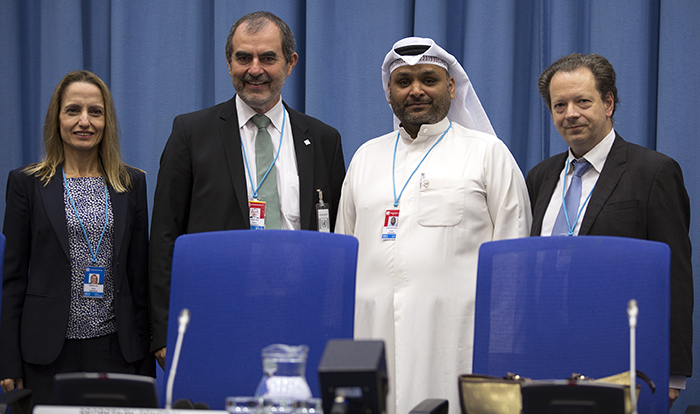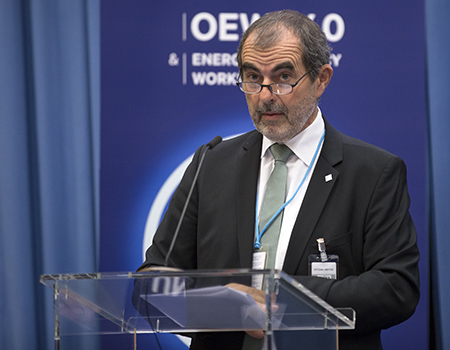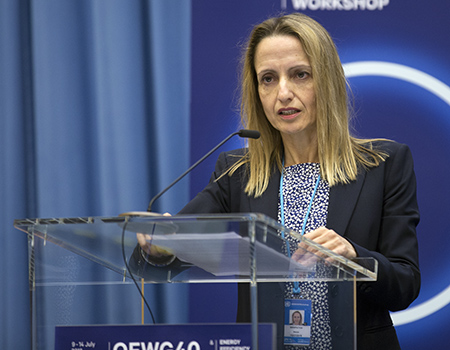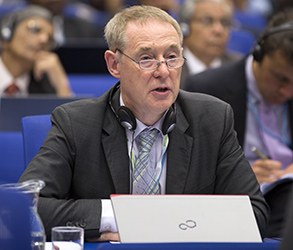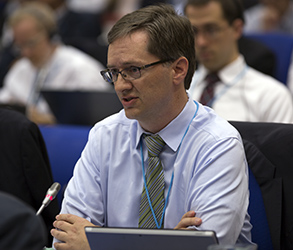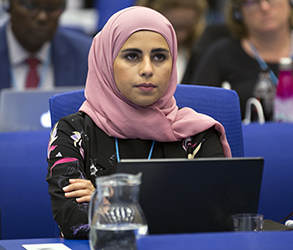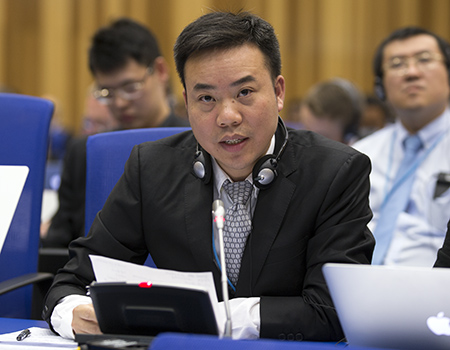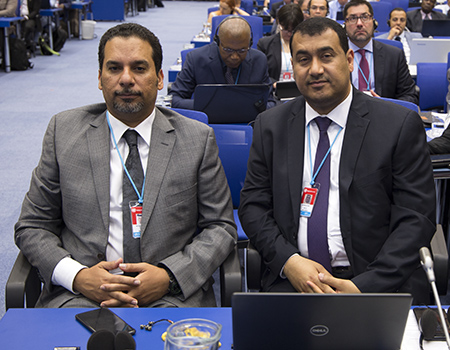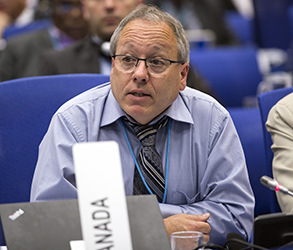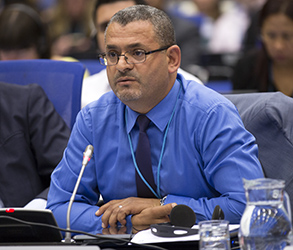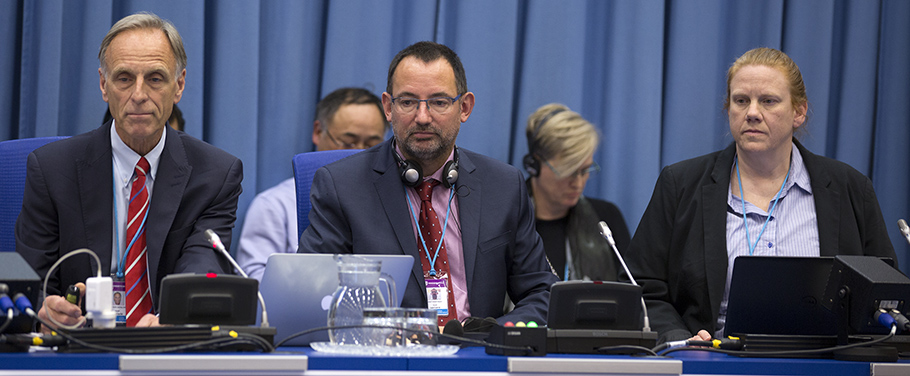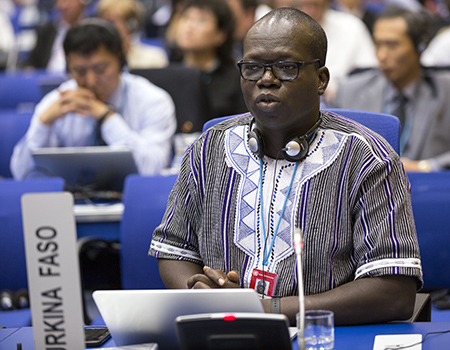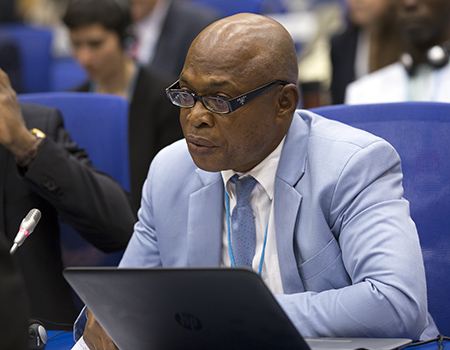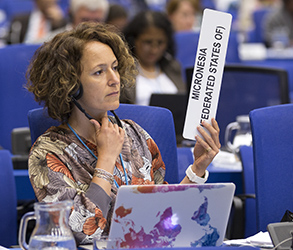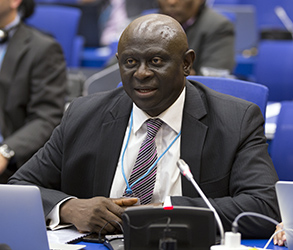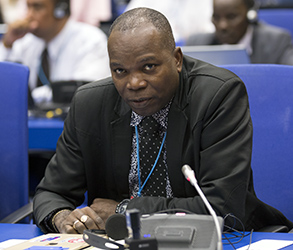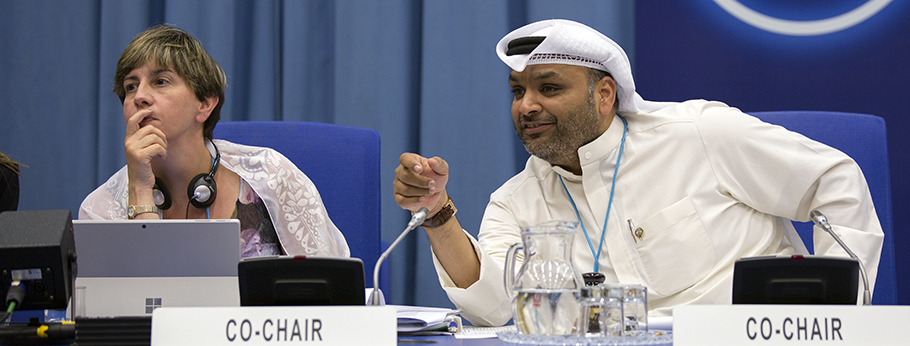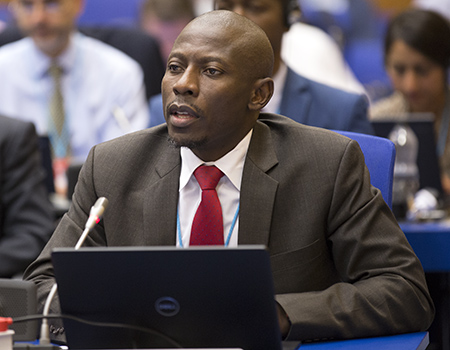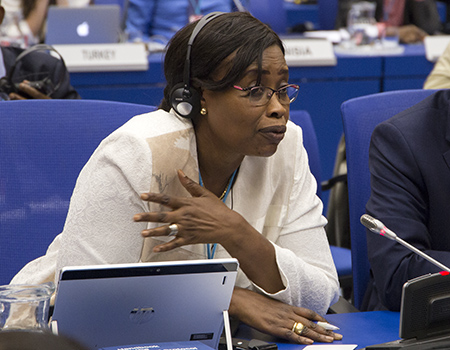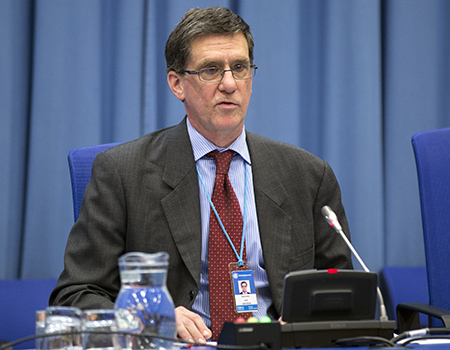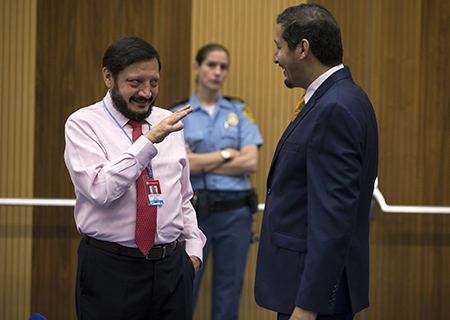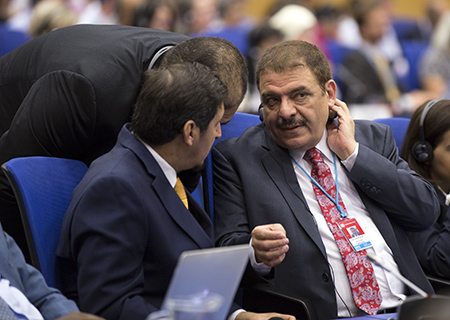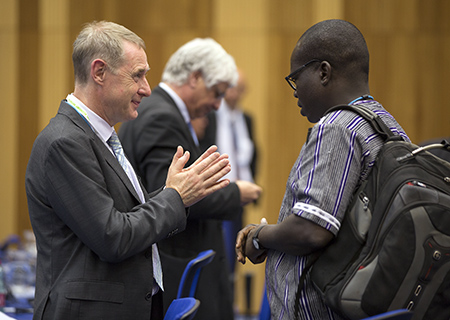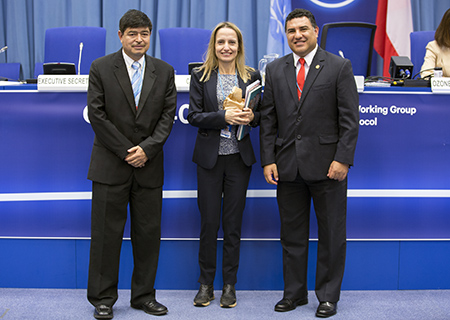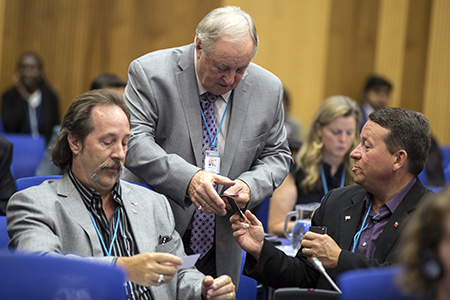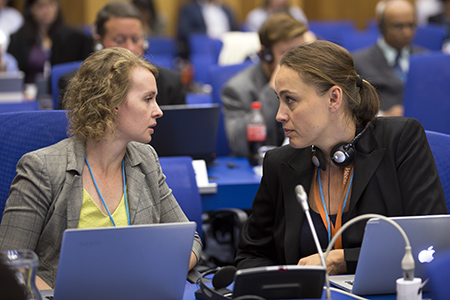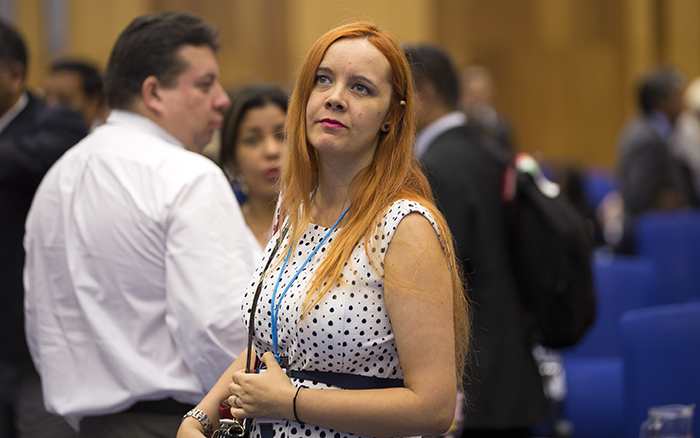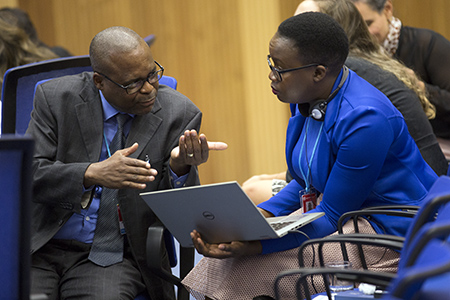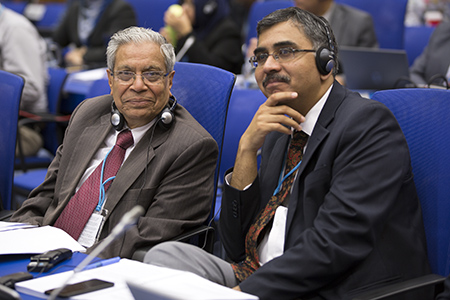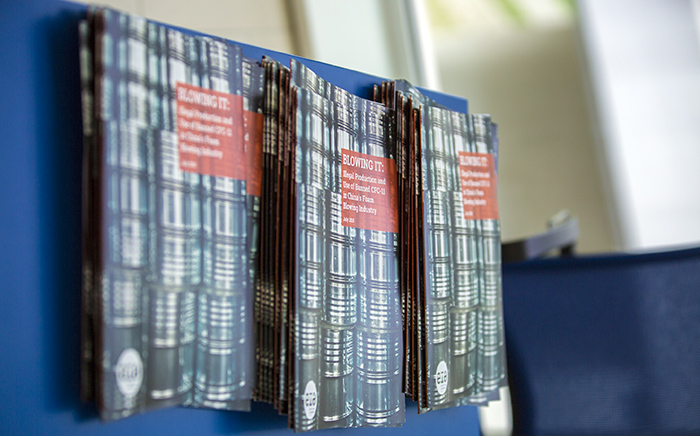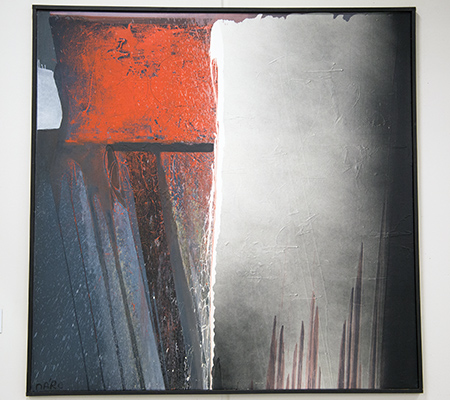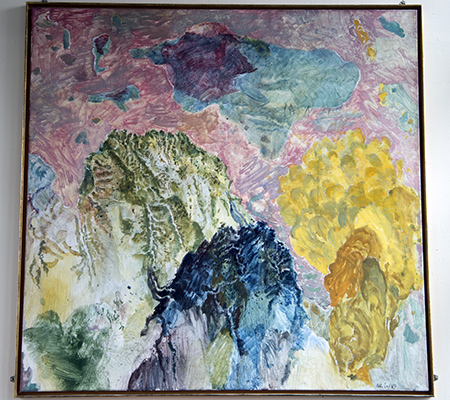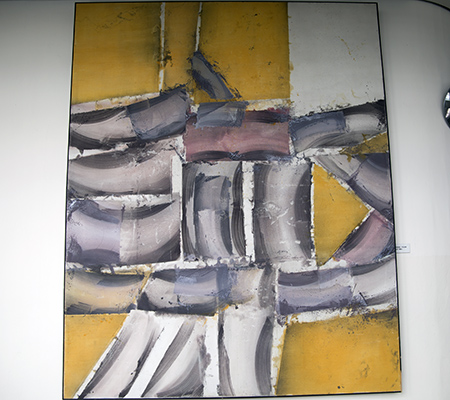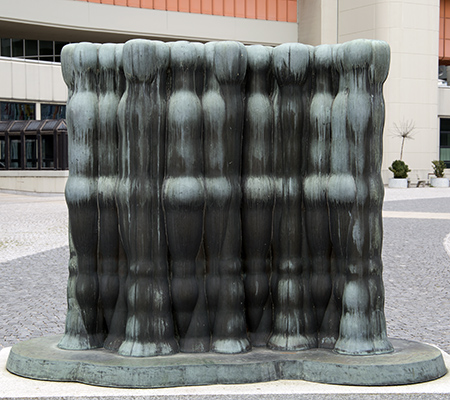Summary
The fortieth meeting of the Open-Ended Working Group to the Montreal Protocol on Substances that Deplete the Ozone Layer (OEWG 40) opened Wednesday, 11 July 2018, in Vienna, Austria. In their opening remarks, Josef Plank, Ministry of Sustainability and Tourism, Austria, and Ozone Secretariat Executive Secretary Tina Birmpili cited recent findings of global emission increases of the ozone depleting substance trichlorofluoromethane (CFC-11). They called on delegates to address the issue, with Executive Secretary Birmpili reminding: “We have an obligation to use the institutions of the regime that we have created - this is how the treaty works.“
Discussions during the day focused on sharing views on:
- the Technology and Economic Assessment Panel (TEAP) Report 2018 Volumes 3 (Progress Report) and 4 (Evaluation of 2018 Critical Use Nominations for Methyl Bromide and Related Matters);
- destruction technologies for controlled substances;
- linkages between hydrochlorofluorocarbons (HCFCs) and hydrofluorocarbons (HFCs) in transitioning to low global warming potential (GWP) alternatives; and
- outcomes of the workshop on energy efficiency opportunities while phasing down HFCs.
Highlights of the day included:
- Plenary added three items to the agenda to address eligibility for technical and financial assistance, global emissions of CFC-11, and organization and composition of the TEAP.
- Executive Secretary Birmpili said that any illegal consumption and production of CFC-11 would demand decisive action, “we must identify with accuracy the problem and rectify it.”
- She also reminded delegates of interlinkages to 13 of the 17 SDGs to which "the ozone treaty" contributes, drawing attention to the High-level Political Forum (HLPF) 2018 convening concurrently in New York City.
Several parties expressed concern about the unexpected and persistent increase in CFC-11 emissions and welcomed that the meeting will provide early time to discuss this new agenda item. They referred to an Article published in the Journal Nature on 16 May 2018, that revealed CFC-11 emissions increased significantly despite the reported elimination of CFC-11 production under the Montreal Protocol. This suggests new unreported CFC-11 production, when the existence of any new CFC-11 production would violate the Protocol obligation to eliminate production of CFCs by 2010. An apparent inconsistency emerges because the production of CFC-11 for dispersive uses has been phased out globally under the Protocol and the production reported to the Ozone Secretariat since 2010 has been very small and for essential uses.
Besides alarming concern, the Report delivered by the COP and MOP presidents to the HLPF 2018 explained that these findings also highlight the efficacy of the Montreal Protocol with science at their core stressing that “so long as scientists remain vigilant, new production or emission of ozone depleting chemicals will not go unnoticed.” Executive Secretary Birmpili reminded OEWG 40 that the Ozone Research Managers Report at COP 11/MOP 29 urged continued monitoring of ozone as well as ozone-depleting substances, and, that such activities require funding.
IISD Reporting Services, through its Earth Negotiations Bulletin (ENB) Meeting Coverage, has providing daily digital coverage and a summary and analysis from OEWG 40.
Photos by IISD/ENB | Mike Muzurakis
For photo reprint permissions, please follow instructions at our Attribution Regulations for Meeting Photo Usage Page.
Plenary Session
From L-R: Ozone Secretariat Executive Secretary Tina Birmpili; Josef Plank, Secretary-General, Federal Ministry of Sustainability and Tourism, Austria; OEWG 40 Co-Chair Yaqoub Al-Matouq, Kuwait; and Paul Krajnik, Austria
Josef Plank, Secretary-General, Federal Ministry of Sustainability and Tourism, Austria
Ozone Secretariat Executive Secretary Tina Birmpili
Philip Owen, EU
John Thompson, US
Lara Haidar, Lebanon
Juliet Kabera, Rwanda
Wenfu Dong, China
View of the dais during the plenary session
Saad Aldeen AlNumairy, UAE
Minister Mohammad Mubarak Bin Daina, Chief Executive, Supreme Council for Environment, and Hassan Ali Mubarak, Bahrain
Martin Sirois, Canada
Hammami Youssef, Tunisia
Ana Patricia Martínez Bolívar, Mexico
From L-R: Ashley Woodcock, Adam Chattaway, and Helen Walter-Terrinoni, Technology and Economic Assessment Panel (TEAP)
Samuel Pare, Burkina Faso
Charles Ikeah, Nigeria
Ana Maria Kleymeyer, Federated States of Micronesia (FSM)
Enoh Peter Ayuk, Cameroon
Leslie Smith, Grenada
OEWG 40 Co-Chairs Cindy Newberg, US, and Yaqoub Al-Matouq, Kuwait
Patrick McInerney, Australia
Obed Baloyi, South Africa
Reine Marie Coly Badiane, Senegal
Mark Radka, UN Environment Programme (UNEP)
Between Sessions
Augustin Sánchez Guevara, Mexico, with Hamoud Al-Otaibi, Saudi Arabia
Delegates from Saudi Arabia conferring
Philip Owen, EU, and Samuel Pare, Burkina Faso
From L-R: Miguel Antonio Gonzalez, Guatemala; Ozone Secretariat Executive Secretary Tina Birmpili; and Alfonso Alonzo, Minister of Environment, Guatemala
Participants networking during the lunch break
Jen Allan, and Beate Antonich, IISD
